The icy track winds down the mountain like a frozen serpent, its curves banked at impossible angles. Here, athletes hurtle face-first down the slope at over 130 km/h, their chins barely inches above the ice. This is skeleton - one of the most extreme and visually striking winter sports that continues to captivate audiences worldwide.
Unlike its better-known cousin bobsled, skeleton involves a single athlete lying prone on a small sled, steering through sheer body movement and precision weight shifts. The sport demands equal parts courage, technical skill, and physical conditioning - a combination that separates the merely good from the truly exceptional competitors.
The origins of skeleton trace back to the late 19th century in St. Moritz, Switzerland, where British and American tourists began experimenting with sliding down frozen roads on simple sleds. The Cresta Run, built in 1884, became the prototype for modern skeleton tracks. The sport's name allegedly comes from the bony appearance of early metal sleds or possibly the prone position resembling a skeleton.
What makes skeleton uniquely terrifying is the athlete's position. Racers begin with a explosive 30-40 meter sprint before diving onto their sleds headfirst. From that moment, they become human projectiles, experiencing up to 5G in the tightest corners - enough force to make vision blur and breathing difficult. The slightest miscalculation can send a slider careening into walls or flipping entirely.
Equipment evolution has been crucial to skeleton's development. Modern sleds feature precision steel runners and aerodynamic composite frames weighing between 29-38kg for men and 23-29kg for women. The most significant technological advancement came in 2002 when mandatory weight standards were introduced to prevent an arms race in sled materials. Today's athletes wear form-fitting speed suits and specialized helmets with chin guards - a far cry from the early days of tweed jackets and leather caps.
The physics of skeleton are both simple and complex. While gravity does most of the work, elite sliders manipulate their sleds through minute weight shifts - pressing down with shoulders or knees to influence steering. The "steering" happens through these subtle movements rather than any mechanical control system. Top competitors spend years developing muscle memory to navigate each track's unique rhythm.
Olympic inclusion has been sporadic for skeleton. After appearing in the 1928 and 1948 St. Moritz Games (the only natural-ice track used in Olympics), the sport disappeared until its permanent return in 2002. This inconsistency reflects both the sport's niche status and the logistical challenges of building dedicated tracks. There are currently only about 17 permanent skeleton tracks worldwide, each requiring massive refrigeration systems and precise engineering.
Training regimens for skeleton athletes are among the most diverse in winter sports. Competitors must combine sprinter's explosive power for the start, weightlifter's strength for sled control, and gymnast's body awareness for steering. Off-ice training often includes sprint drills with weighted sled pulls, while on-ice sessions focus on memorizing every bump and curve of a track. Many athletes use virtual reality systems to "ride" tracks before ever setting foot on them.
The psychological demands are equally intense. Maintaining focus while traveling at highway speeds mere inches from ice requires extraordinary mental discipline. Most sliders develop pre-run rituals to achieve the perfect balance of aggression and control. The margin between gold medal and catastrophic crash often comes down to thousandths of a second - about the time it takes to blink.
Women's skeleton has grown dramatically since its Olympic debut in 2002. Initially viewed with skepticism, female sliders now rival their male counterparts in both speed and technical mastery. The 2018 Pyeongchang Games saw Lizzy Yarnold become the first repeat skeleton gold medalist (male or female), proving the sport's evolving gender parity.
National rivalries add spice to international competition. Germany and Great Britain have dominated recent Olympics, while the United States, Canada, and Russia produce consistent medal threats. Smaller nations like South Korea and Australia are investing in development programs, suggesting future diversification of the sport's power structure.
Safety concerns remain ever-present in skeleton. While fatalities are extremely rare, concussions and orthopedic injuries occur regularly. The International Bobsleigh and Skeleton Federation has implemented stricter helmet standards and track design regulations to mitigate risks. Yet part of skeleton's appeal remains its inherent danger - the visceral understanding that athletes flirt with disaster every run.
The spectator experience of skeleton is unlike any other winter sport. Unlike downhill skiing or snowboarding where racers disappear into the distance, skeleton tracks allow fans to witness the entire run from start to finish. The whoosh of a sled passing at full speed creates an almost primal reaction in crowds. Many first-time viewers become instant converts after feeling the vibration of sleds ripping through curves.
Looking ahead, skeleton faces challenges common to niche winter sports. The astronomical costs of track construction and maintenance limit growth opportunities. Climate change threatens natural-ice venues like St. Moritz. Yet the sport's core appeal - the pure, unfiltered confrontation between human and physics - suggests skeleton will continue thriving as one of winter's ultimate tests of nerve and skill.
For athletes, skeleton represents the ultimate paradox: a sport requiring both complete surrender to forces beyond one's control and absolute precision in micro-adjustments. There's no halfway in skeleton - you either commit fully to each run or you fail spectacularly. This all-or-nothing reality continues drawing a special breed of competitor to the ice, generation after generation.
As the sport evolves, one constant remains: that heart-stopping moment when the starter's hand drops and an athlete launches themselves down the ice, trusting their preparation to carry them through curves where a single mistake could prove disastrous. In that instant, skeleton reveals its essential truth - it's not merely a sport, but a physical philosophy about controlling chaos.

By Emily Johnson/May 8, 2025
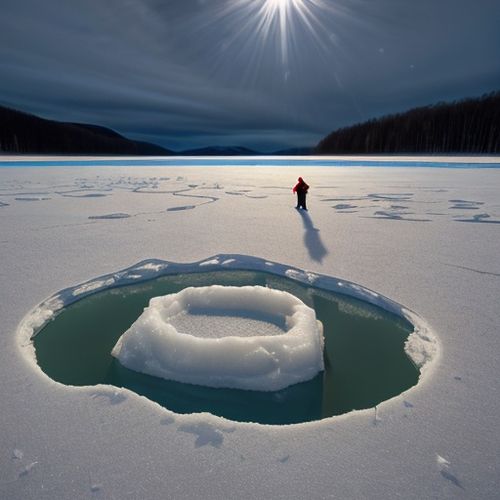
By Natalie Campbell/May 8, 2025
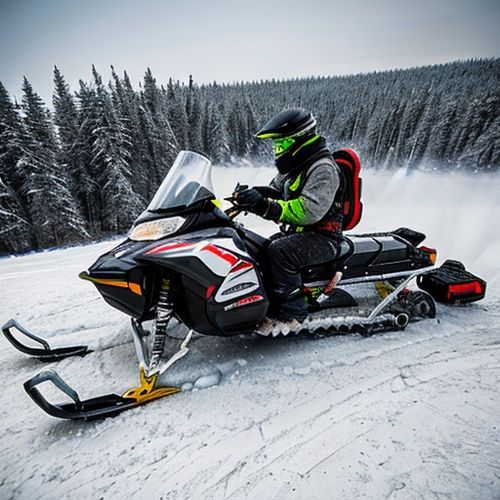
By Olivia Reed/May 8, 2025
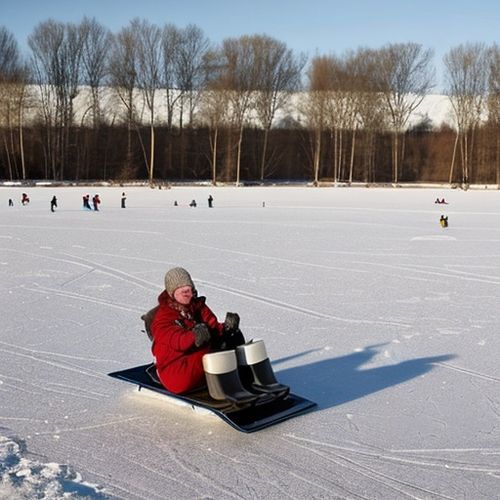
By Lily Simpson/May 8, 2025
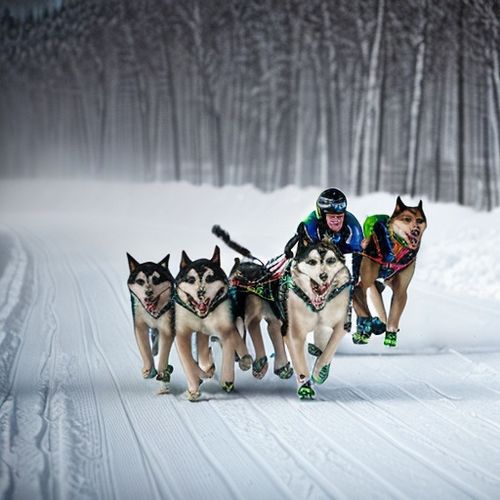
By Olivia Reed/May 8, 2025

By Thomas Roberts/May 8, 2025

By Daniel Scott/May 8, 2025
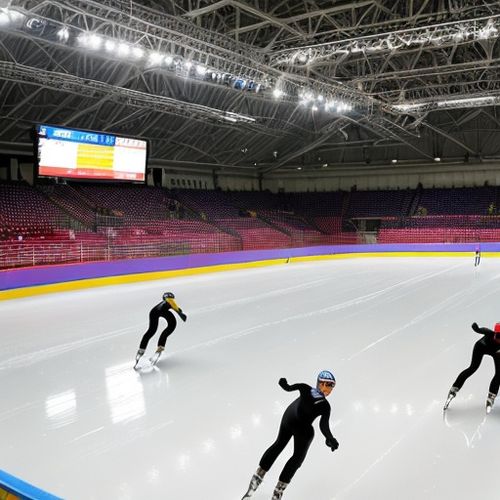
By George Bailey/May 8, 2025

By David Anderson/May 8, 2025
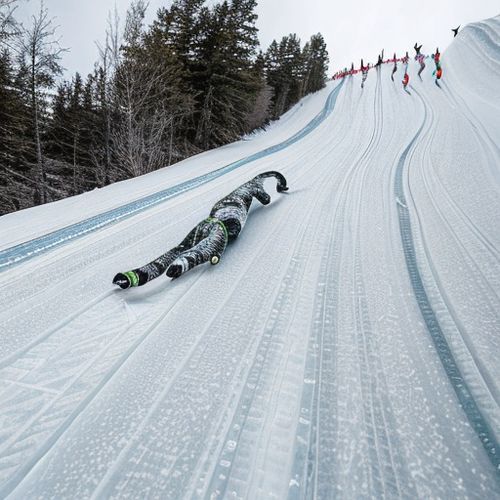
By Amanda Phillips/May 8, 2025
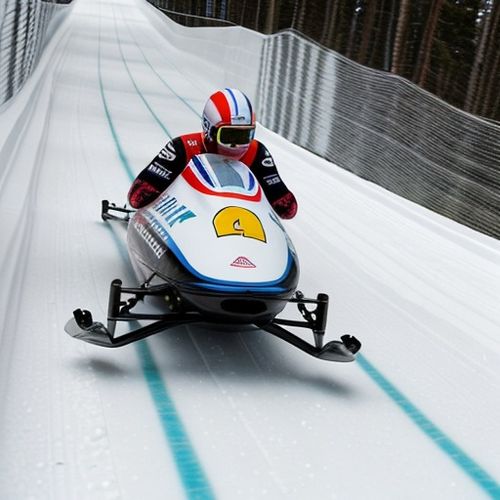
By Rebecca Stewart/May 8, 2025

By Christopher Harris/May 8, 2025

By Emily Johnson/May 8, 2025

By Christopher Harris/May 8, 2025
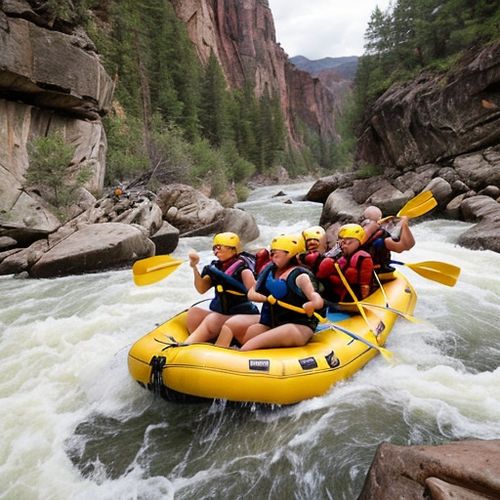
By Thomas Roberts/May 8, 2025
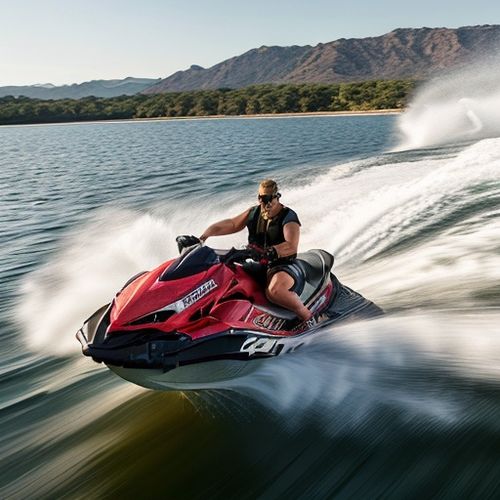
By Rebecca Stewart/May 8, 2025

By Noah Bell/May 8, 2025

By Lily Simpson/May 8, 2025
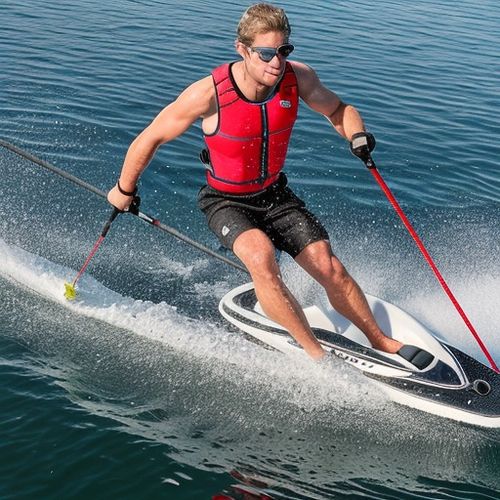
By Megan Clark/May 8, 2025
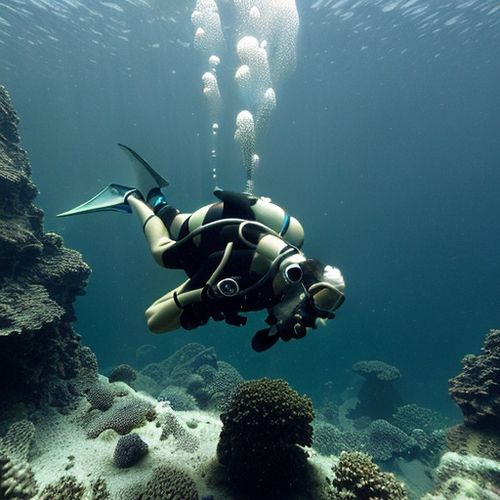
By Megan Clark/May 8, 2025